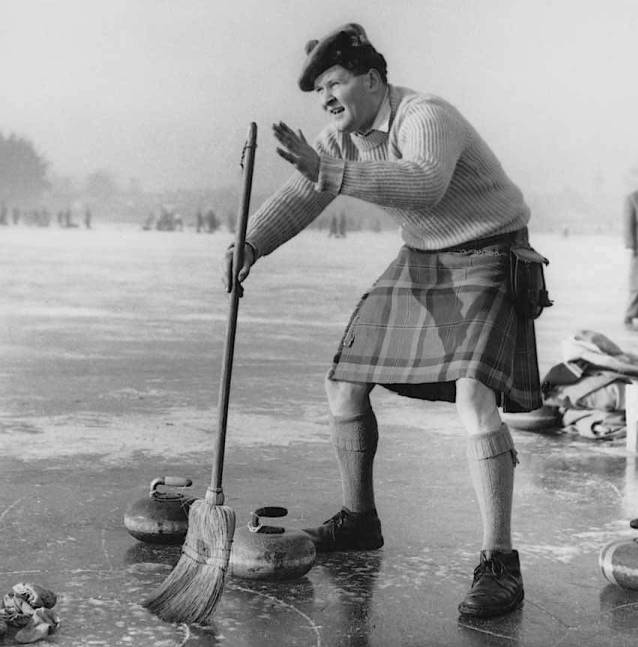Evidence that curling existed in Scotland in the early 16th century includes a curling stone inscribed with the date 1511 found (along with another bearing the date 1551) when an old pond was drained at Dunblane, Scotland. The world's oldest curling stone and the world's oldest football are now kept in the same museum (the Stirling Smith Art Gallery and Museum) in Stirling. The first written reference to a contest using stones on ice coming from the records of Paisley Abbey, Renfrewshire, in February 1541. Two paintings, "Winter Landscape with a Bird Trap" and "The Hunters in the Snow" (both dated 1565) by Pieter Bruegel the Elder depict Flemish peasants curling, albeit without brooms; Scotland and the Low Countries had strong trading and cultural links during this period, which is also evident in the history of golf.
The word curling first appears in print in 1620 in Perth, Scotland, in the preface and the verses of a poem by Henry Adamson. The sport was (and still is, in Scotland and Scottish-settled regions like southern New Zealand) also known as "the roaring game" because of the sound the stones make while traveling over the pebble (droplets of water applied to the playing surface). The verbal noun curling is formed from the Scots (and English) verb curl, which describes the motion of the stone.
